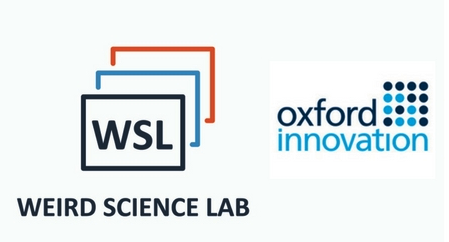How can VR-powered STEM education efforts learn from Accenture’s activities?
STEM subjects have a very niche pedagogic logic to them, making them harder to integrate into a world that’s socially driven seem to have more and more weight on its functioning. Accenture, in this context, promises a method to create a bridge between the optimal deliverance methods of STEM subjects and the social trends that govern the minds of all of us, with a business focus that can appropriate the efforts in our individualistic society.
The company offers a wide range of services that can create the backbone of a feasible and efficient transition towards VR/AR/XR-powered STEM education, showing how to complete the efforts through constituency with the market’s climate. For STEM education to be a sustainable reality in the virtual world, there needs to be a precise plan, including its educational vision and market implications. The content should be customized and tailored according to various parameters, as the current curriculums aren’t created according to what VR technologies offer, and the educational flora still depends on a command.
So how can we advance STEM education by taking up more consistent, flexible, and individual-specific ways of structuring VR-powered STEM experience? In this post, I will be focusing on the benefits of replicating Accenture’s business model as a way for swift, independent, and sustainable transition towards a VR-powered STEM education future.
Some keywords are necessary to keep in mind for setting up the tone
STEM subjects are positivist in nature, and often the realist lenses on them, with deep technicalities of software and hardware engineering, can make evolving to VR seem like a niche concept that is limited to the people who understand its language. This can lead to hardships upon communicating the value of the transition to educational institutions, academicians, and sometimes even students themselves –as there can be a lot of jargon that creates an exclusionary atmosphere. Therefore, clear and individual-focused communication is the key to a successful transition to a VR-powered educational future.
Another limitation between the market and academia is the innate antagonization and exclusion of one another. At the same time, the solutions we need cannot be determined only by niche research communities or consumer-expectation-driven markets. A cross-sectional development can satisfy the goals of both spheres by ensuring that there are widely available EdTech products driven by academia and compatible with the pedagogy of STEM learning. Between the market and academia, we need communication and open cooperation, as the two can supply one another with the knowledge that is crucial in our knowledge-driven society.
The last but not most minor keyword that must lead the way forward is integration. We need to strategically plan the transition and integrate: all possible areas of opportunities, threats, strengths, and weaknesses for a well-calculated revolutionary change that is sustainable. By incorporating different areas that can aid the transition for VR-powered STEM education, the movement towards new generation technologies within the classroom can gain feasibility and a more straightforward process while ensuring that critical analysis is an integral part of the process.
WSL’s Vision
WSL envisions a future where education functions through the pedagogic pathways necessary for STEM education, available by the VR and assisting technologies. At WSL, we strive to draw down the costs of STEM education through facilitating communication, cooperation, and integration of different aspects and possibilities to the innovative social progress of education. WSL aims to be the bridge between educational institutions and the market, democratizing knowledge and bringing science to life; everyone, regardless of their background, can thrive and be integrated into the future economy, which heavily depends on STEM-qualified and STEM-literate.

